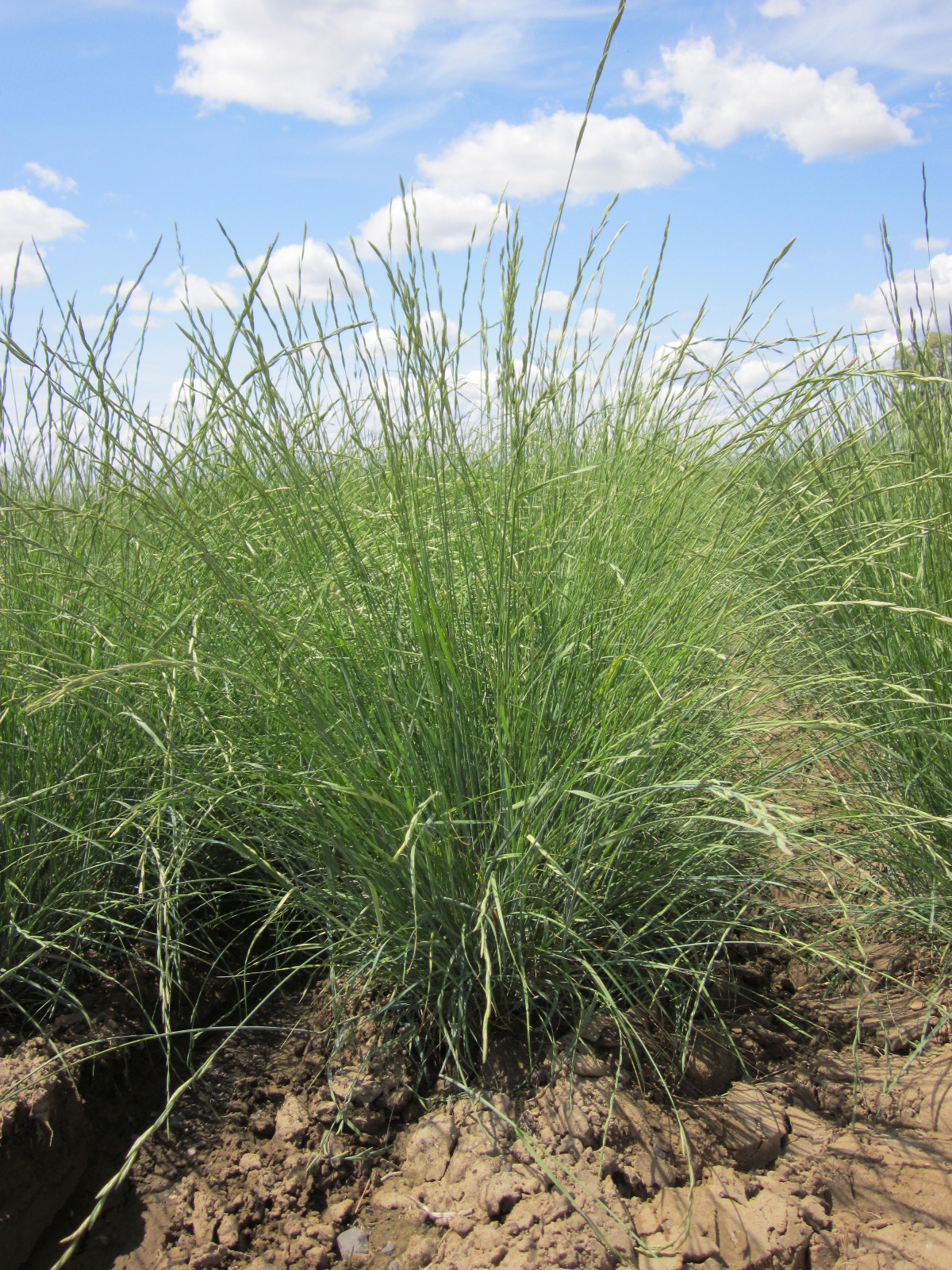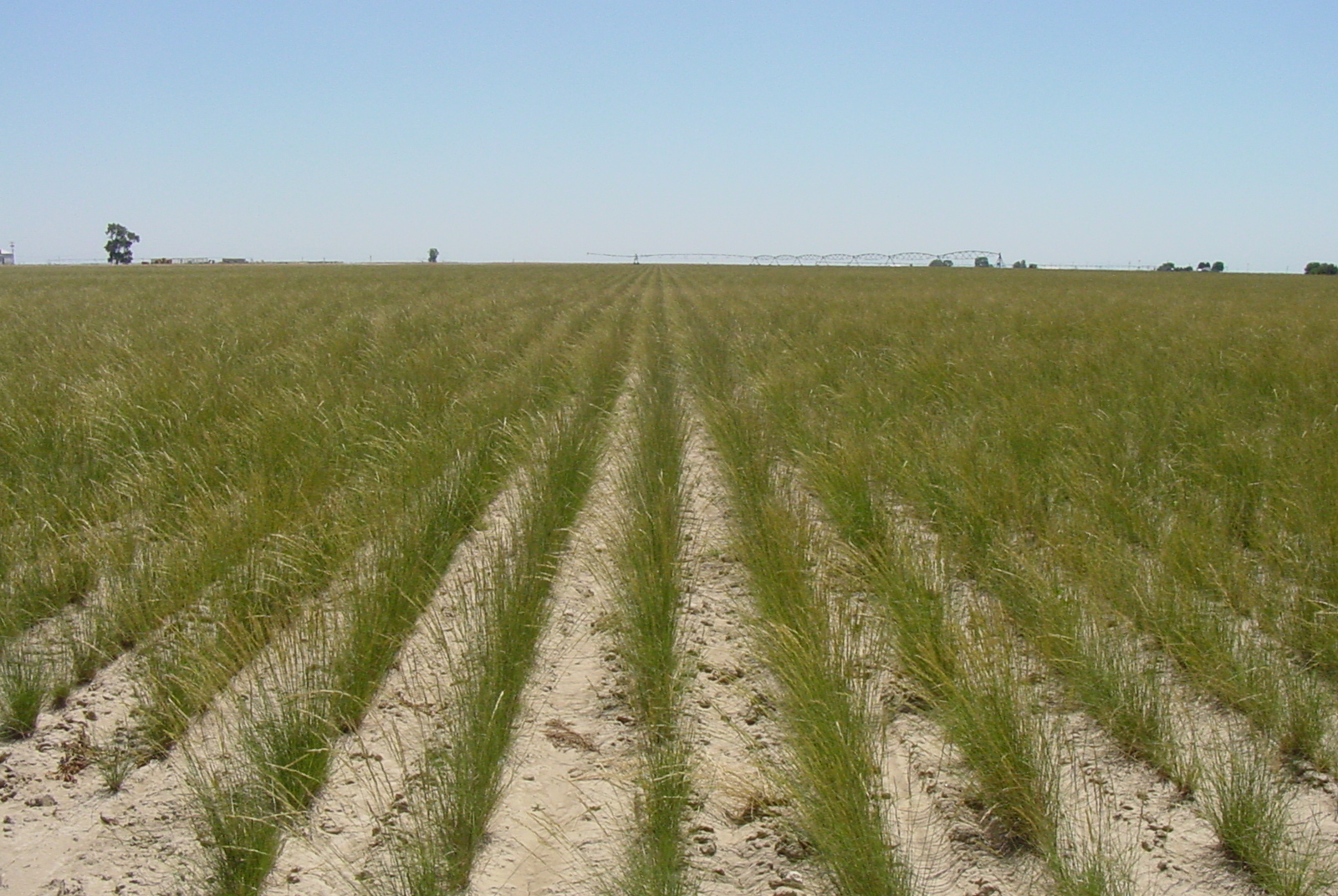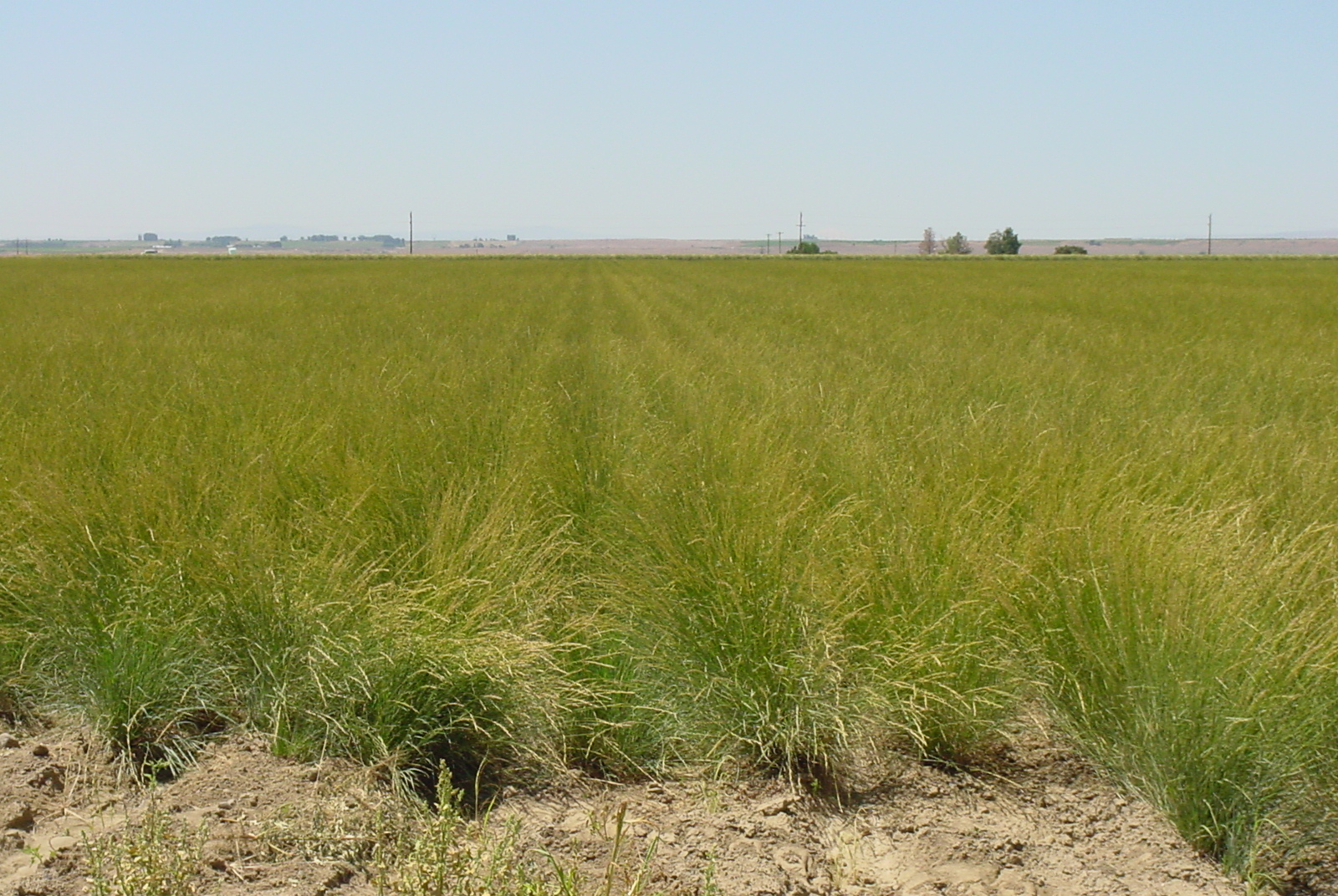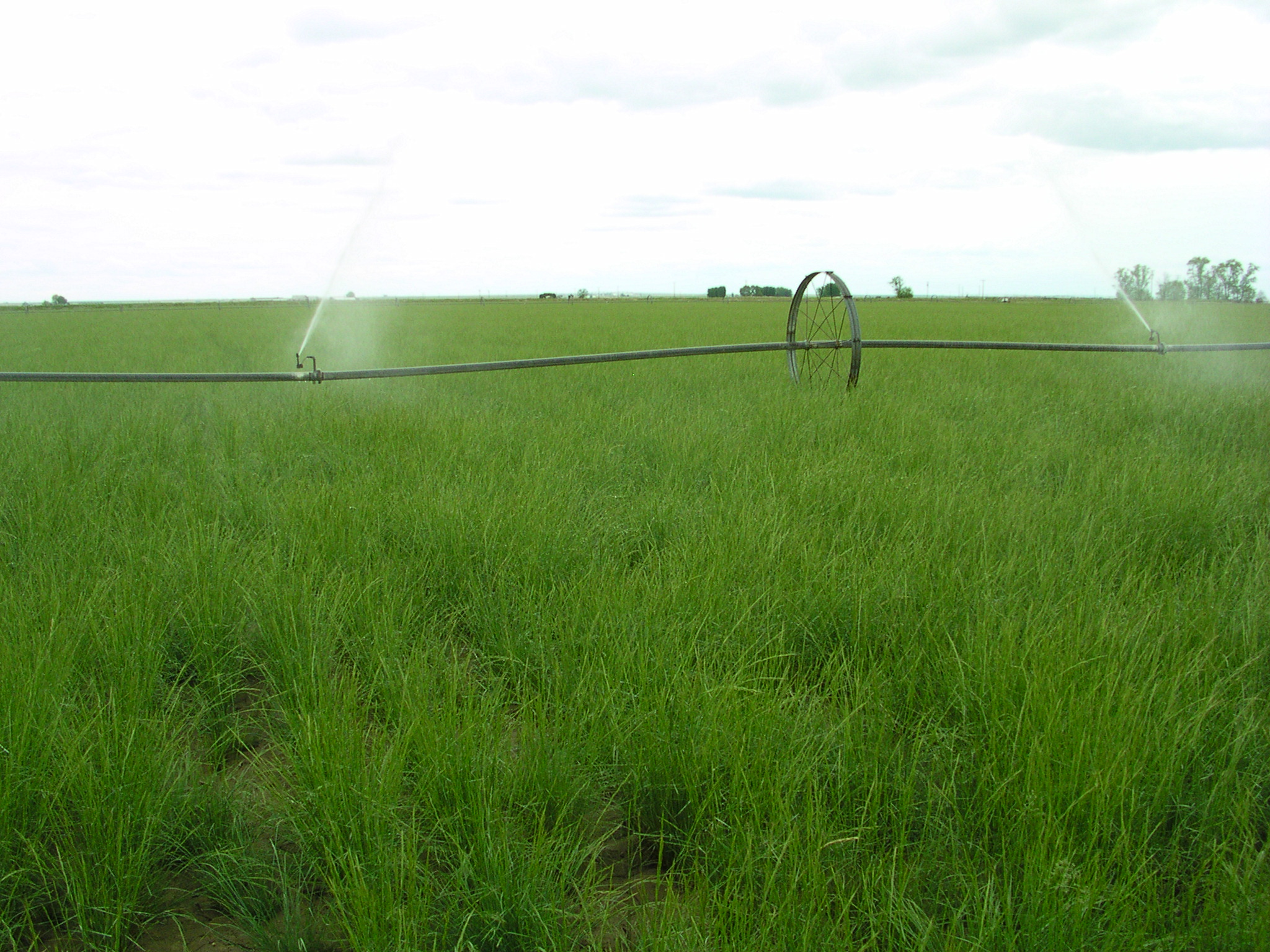Pseudoroegneria spicata ssp. spicata (Bluebunch wheatgrass)
Formerly Agropyron spicatum. Cool season, drought tolerant, long-lived perennial bunchgrass widely distributed and adapted to most sites including thin, non-productive soils. Extensive root system. Establishes quickly on a wide variety of soil textures, from rocky sites to clays. Intolerant of poor drainage and high water tables. Some tolerance to salinity. Cold hardy. Often a major component of native plant communities within its range. Generally good palatability to livestock and wildlife late into summer and fall. Stressed by overgrazing and repeated early season grazing. Preferred feed for elk, deer and antelope at peak times. Use for arid rangelands, erosion control and native habitat restoration. Varieties listed below.
DISTRIBUTION / ADAPTATION
INFORMATION & ATTRIBUTES
Family: Poaceae
Duration: Perennial, long-lived
Growth Habit: Graminoid
Native Status: Native
Season: Cool
Growth Form: Bunchgrass
Mature Height: 36 in.
Annual Precipitation: 8-35 in.
Drought Tolerance: High
Shade Tolerance: Intolerant
Elevation:
Fire Resistance: No
Fire Tolerance: Low
SOIL ADAPTATION
Coarse Texture: Yes
Medium Texture: Yes
Fine Texture: Yes
Salinity Tolerance: Low
CaCO3 Tolerance: High
pH Range: 6.6-8.4
SEEDING NOTES
Seeds per Pound: 125,600
Seeding Rate: 7-14 PLS lbs/acre
Season: Spring/Fall
Days to Germination:
VARIETIES & LOCAL ACCESSIONS
Anatone - Rapid establishment, high forage production and the ability to survive and thrive in areas with at least 10 in. annual precipitation. (Released 2003)
Boardman - Source Identified selection from Morrow County, OR averaging 9 in. annual precipitation.
Columbia - Collected from a historical population adapted to the 6-8 in. annual precipitation of Washington’s Columbia Basin. Originates from a drier climate zone than all former releases. (Released 2015)
Goldar - Quick establishment, high forage production and good survivability in areas with at least 12 in. annual precipitation. (Released 1989)
P-7 - Genetically diverse and widely adapted release for semiarid to mesic sites. Long-lived, drought tolerant and highly palatable. (Released 2001)






